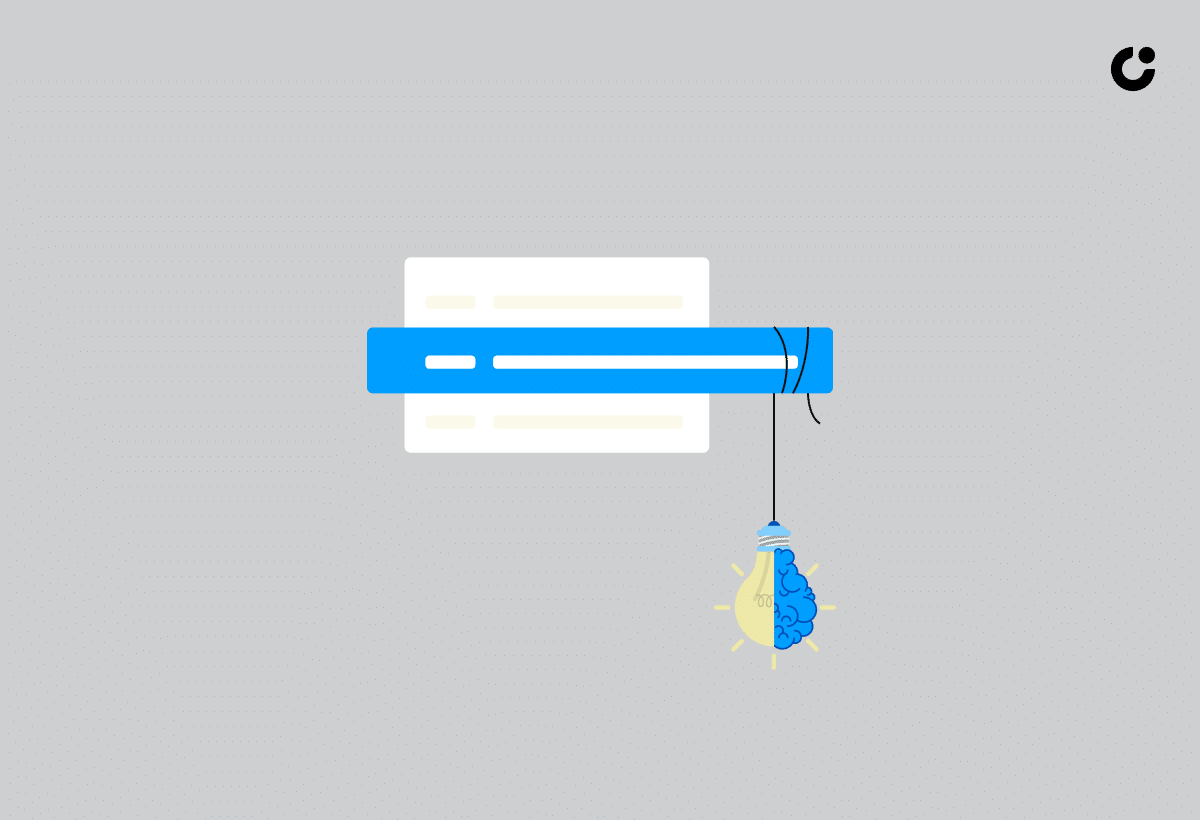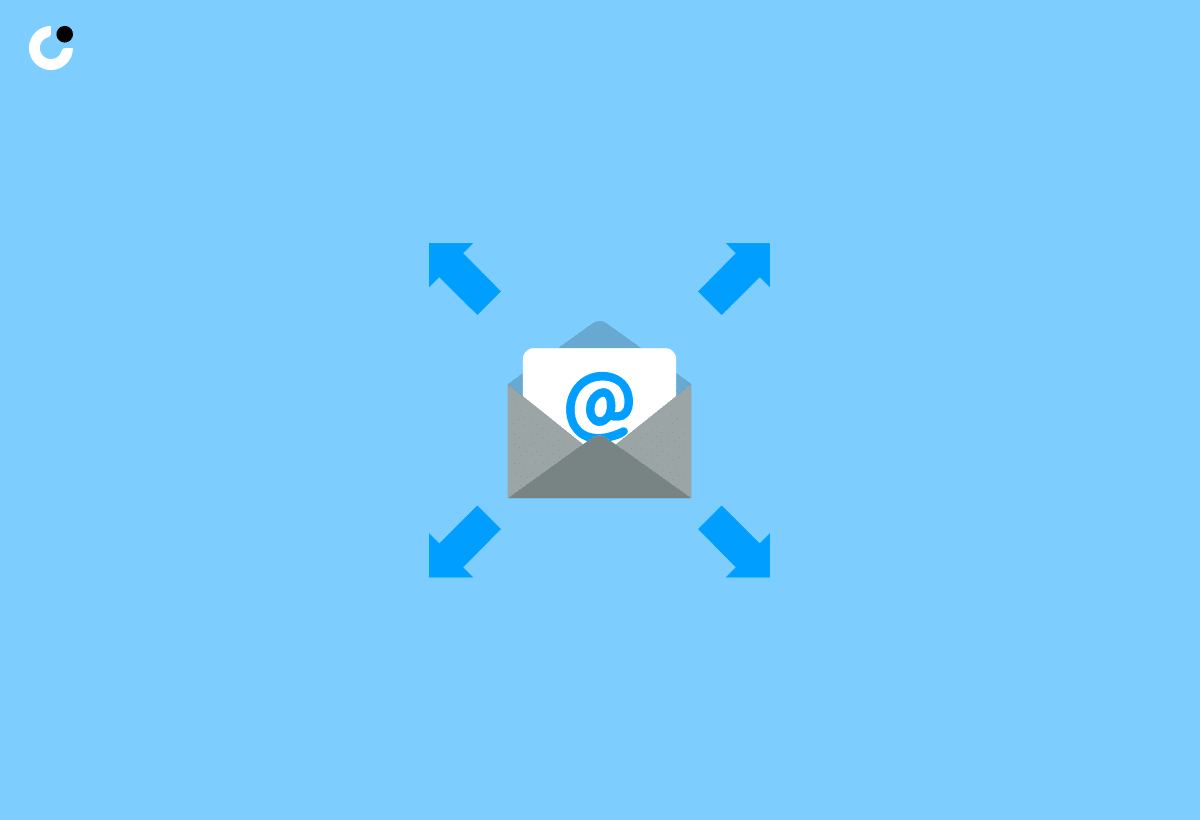As a sales or marketing professional, you know the power of a well-crafted cold email. It can open doors, initiate conversations, and potentially lead to valuable partnerships. But when it comes to targeting CIOs, the challenge is even greater. You’re not only competing for their attention among a flood of other emails, but you also need to demonstrate an understanding of their unique role and priorities. So, how can you craft a cold email to CIO that will not only capture the attention of a busy CIO but also resonate with them on a deeper level?
In this blog post, we’ll explore the essential elements of a successful cold email strategy for CIOs, from understanding their role and priorities to crafting compelling subject lines and structuring your message for maximum impact. By the end of this post, you’ll be well-equipped to engage with CIOs in a way that truly sets you apart from the competition, increasing your chances of initiating a valuable conversation.
Key Takeaways
- Understand the role and priorities of CIOs to craft tailored cold emails.
- Personalize your email with research on their challenges, successes, and industry trends.
- Use social proof & relevant examples in a strong introduction, clear value proposition & soft call-to-action for maximum impact.
Understanding the CIO's Role and Priorities

Understanding the role and priorities of a CIO is a fundamental step in crafting a cold email that will resonate with them. This knowledge helps you tailor your message to their specific needs and pain points, increasing the likelihood that they’ll take the time to read and respond.
As C-suite executives, CIOs face busy agendas and high expectations. Considering the inundation of emails they frequently face, your cold email campaign must be well-thought-out to capture their attention.
Knowing the key responsibilities and top priorities of CIOs allows you to focus on what matters most to them. Demonstrate the worthiness of your collaboration by addressing their concerns and showcasing how your product or service can aid them in achieving their goals.
Key Responsibilities of CIOs

The primary responsibilities of CIOs revolve around overseeing IT strategy, managing technology infrastructure, and guaranteeing data security. As a CIO, they are expected to formulate and execute IT strategies that align with the organization’s overall business objectives. Additionally, they are responsible for overseeing the technology infrastructure of an organization, which includes hardware, software, networks, and data centers.
Ensuring data security is another critical aspect of a CIO’s role. They are accountable for shielding the organization’s data from unauthorized access, malicious attacks, and data breaches. Understanding these key responsibilities enables you to tailor your cold email to the specific concerns and objectives of the CIO, thereby increasing the likelihood of them engaging with your message.
Top Priorities for CIOs

When crafting cold emails for CIOs, it’s important to be aware of their top priorities. These often include digital transformation, innovation, and cost optimization. Digital transformation refers to the use of technology to significantly improve the efficacy or scope of enterprises. CIOs are constantly looking for ways to leverage technology to drive business growth and stay ahead of the competition.
Innovation is another key priority for CIOs, as they strive to devise novel solutions to fulfill customer requirements through the development of new products, services, or processes. Cost optimization is also a significant concern, with CIOs focusing on minimizing expenses while maintaining or enhancing quality.
Understanding these top priorities enables you to create cold emails that address the CIO’s most pressing concerns and highlight how your product or service can be of assistance.
Crafting a Compelling Cold Email Subject Line

The subject line is the first thing the CIO will see when they receive your email, making it a critical component of your cold email strategy. Around one-third of all email subscribers decide whether they should open an email just by looking at its intriguing subject line. This shows how important a catchy and interesting subject line is! A compelling subject line is a must to capture the CIO’s attention and increase the likelihood of your email being opened.
An effective subject line should:
- Be succinct, personalized, and focused on the CIO’s individual requirements and pain points
- Avoid generic phrases that can easily be dismissed as spam or irrelevant
- Hone in on the CIO’s challenges, recent accomplishments, or industry trends to make your subject line stand out and encourage them to open your email
Tips for Creating Effective Subject Lines

To create effective subject lines, keep them short, personalized, and tailored to the CIO’s needs or challenges. A good subject line should pique the CIO’s curiosity and encourage them to open the email to learn more. For example, “A Solution to Your Biggest Challenge” or “A Proven Way to Increase Efficiency” are both subject lines that speak directly to the CIO’s interests and demonstrate the value your email has to offer.
Avoid using generic phrases like “Hello” or “Introducing Our Company” in your subject lines, as these are less likely to grab the CIO’s attention. Instead, focus on making your subject line as relevant and engaging as possible to the CIO’s specific situation, including mentioning their company name, increasing the likelihood that they’ll take the time to read your email.
Personalizing Your Cold Email to CIOs

To demonstrate your understanding of their needs and increase the likelihood of a response, personalize your cold email to CIOs. By customizing your message to address their specific concerns and objectives, you show that you’ve done your homework and are genuinely interested in helping them succeed. In fact, personalization is a highly effective way to make your email stand out and capture their attention.
To ensure an appropriate level of personalization and professionalism when writing cold emails, avoid coming across as too casual or overly familiar when composing your cold email. Instead, focus on addressing the CIO’s pain points and offering valuable insights that can help them achieve their goals.
Researching the CIO and Their Company

Before crafting your personalized cold email, take the time to research the CIO and their company. This research will help you identify their pain points, recent achievements, and industry trends. By understanding these factors, you can tailor your email to address their concerns and demonstrate how your product or service can help them achieve their goals.
Investigate the CIO’s challenges, as well as their successes, to recognize potential areas for improvement. Additionally, research the latest industry trends to ensure your message is relevant and up-to-date. Armed with this information, you’ll be well-prepared to craft a compelling and personalized cold email that speaks directly to the CIO’s needs and interests.
Using Social Proof and Relevant Examples

Incorporating social proof and relevant examples in your cold email can help demonstrate your expertise and credibility in addressing the CIO’s concerns. This can be achieved by:
- Citing case studies
- Sharing original reports
- Referring to interview series
- Mentioning well-known customers who have faced similar pain points
Providing supporting evidence for your claims and showcasing your track record of success can significantly enhance your credibility in the eyes of the CIO.
In addition to social proof, you can also include real-world examples and use cases that illustrate the value of your product or service. By offering tangible evidence of how your solution has helped others in similar situations, you can make a more persuasive case for why the CIO should consider working with you.
Structuring Your Cold Email for Maximum Impact

Effective structuring is key to ensure your cold email has the maximum impact. This involves opening with a strong introduction, presenting a clear value proposition, and closing with a soft call-to-action. By following this structure, you can ensure your message is concise, focused, and persuasive, increasing the likelihood that the CIO will engage with your email.
A well-structured cold email will not only capture the CIO’s attention but also make it easy for them to understand your offering and its benefits. By clearly communicating the value you can provide and encouraging them to take action, you’ll be well on your way to initiating a fruitful conversation.
Opening with a Strong Introduction

The introduction of your cold email is your chance to make a strong first impression and capture the CIO’s attention. Start by focusing on the prospect instead of yourself, addressing their pain points and offering value right from the start. A personalized introduction that emphasizes any connection to the CIO or their company can help establish rapport and demonstrate your genuine interest in their success.
It’s important to set the tone quickly and address the CIO’s pain point in the opening of the email introduction. Avoid making assumptions about their interests and instead, focus on how you can help them achieve their objectives. This approach will ensure your cold email stands out in their inbox and encourages them to read further.
Presenting a Clear Value Proposition

Once you’ve captured the CIO’s attention with a strong introduction, it’s time to present a clear value proposition. This involves explaining how your solution can help address the CIO’s challenges or goals. By showcasing the benefits your product or service can provide, you demonstrate that collaboration with you is worth their time and consideration.
Be specific in presenting your value proposition, and focus on the outcomes your solution can deliver. Rather than simply listing features or making generic claims, provide concrete examples of how your product or service has helped similar companies achieve success. This approach will not only make your message more persuasive but also help the CIO envision the potential benefits of working with you.
Closing with a Soft Call-to-Action

Once you’ve presented your value proposition, close your cold email with a soft call-to-action that motivates the CIO to engage in a conversation or investigate your offering further. Instead of coming on too strong with a hard sell, focus on inviting the CIO to initiate a dialogue, request more information, or attend a webinar.
A soft call-to-action demonstrates your respect for the CIO’s time and decision-making process, while still making it clear what you’d like them to do next. By providing a clear and compelling reason for the CIO to respond, you increase the likelihood of initiating a valuable conversation that could lead to a successful partnership.
Cold Email Templates for CIO Outreach

Cold email templates, including cold sales email template, for CIO cold email outreach can be an excellent starting point for crafting your own personalized messages. These templates provide a foundation that ensures you cover all the essential elements of an effective cold email, from the subject line to the call-to-action. By using a well-designed cold email template as a guide, you can save time and ensure that your message is well-structured and compelling, making your cold emailing efforts more successful.
Templates, such as a sales email template, also allow you to:
- Maintain consistency across your cold email campaign
- Ensure that each message adheres to the same high standards
- Effectively communicate your value proposition
By customizing these templates to address the specific needs and priorities of each CIO you’re contacting, you can maximize the chances of your email resonating with them and eliciting a positive response.
Tips for Following Up on Cold Emails to CIOs

Any successful outreach campaign necessitates following up on cold emails. When it comes to CIOs, it’s important to be persistent but respectful, providing additional value or insights with each follow-up and using different communication channels to increase your chances of getting a response.
One strategy for successful follow-up is to offer more information about your product or service, provide a demonstration, or share a case study that highlights your solution’s effectiveness. Additionally, consider utilizing various communication channels such as email, phone, social media, and in-person meetings to maximize your chances of reaching the CIO. You can also create a blog post that showcases the benefits of your product or service.
Persistency and courtesy not only demonstrate your commitment to aiding their success but also increase the likelihood of receiving a response.
Summary
Crafting an effective cold email strategy for CIOs requires a deep understanding of their role, priorities, and challenges. By focusing on their needs and pain points, crafting compelling subject lines, personalizing your message, and structuring your email for maximum impact, you can significantly increase your chances of capturing their attention and initiating a valuable conversation.
Remember to be persistent and respectful in your follow-up efforts, providing additional value or insights with each message and exploring different communication channels to reach your target CIO. With these tips and strategies in mind, you’ll be well-prepared to engage with CIOs in a way that truly sets you apart from the competition and paves the way for successful partnerships.
Frequently Asked Questions
How do you write an email to a CIO?
Be concise and focused in your email, targeting a specific audience and avoiding jargon. Appeal to the reader's emotions and include a clear call-to-action. Keep the message brief and test it multiple times before sending. Leave the reader with a nugget of valuable insight so they can easily decide if they want to learn more.
Is cold emailing illegal?
Cold emailing is not illegal as long as companies comply with the relevant regulations. However, it does come with risks such as damaging reputation and high rate of recipients marking emails as spam or unsubscribing from future communications.
How important is personalization in cold emailing CIOs?
Personalization is essential when cold emailing CIOs as it shows that you have taken the time to understand their specific needs and increases the chances of receiving a response.

